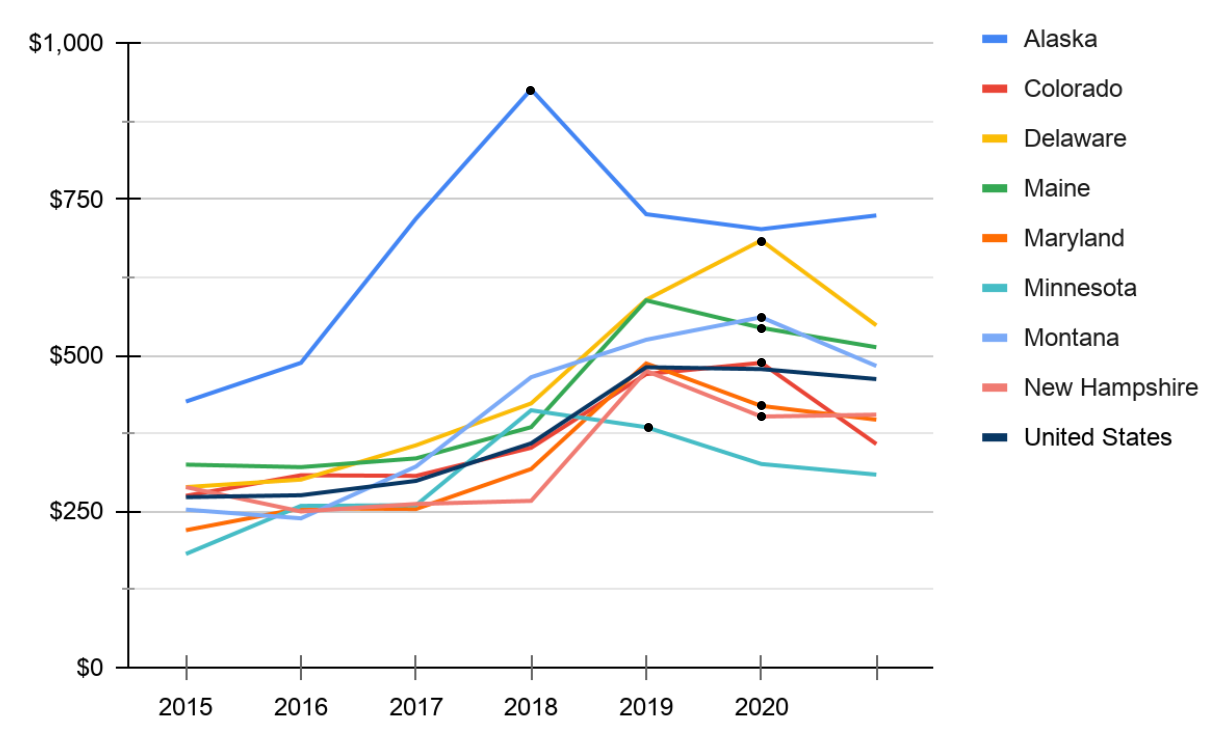The Private Exchange Evaluation Collaborative (PEEC), an initiative launched by four leading nonprofit business coalitions, recently developed and released a survey for employers, with the goal of helping them understand collective thinking about private exchanges, timelines for adoption and consideration, and ultimately what’s most important to employers who have adopted and are currently considering adopting private exchanges. 446 employers from 34 industries were surveyed. PEEC compiled the statistics into five key findings, and here’s what we think.
Private exchanges are becoming a mainstream channel. Depending on the source, you’ll hear varying perspectives on when private exchanges will truly “take off:” some say 2018, while others preach caution and advise pushing that date. These survey results make one thing abundantly clear: private exchanges are becoming an integral part of the healthcare landscape for employers. Even if some are still taking a watch-and-wait approach, the numbers are promising. 41 percent of surveyed employers plan to consider implementing a private exchange for full-time active employees before 2018, and 6 percent already utilize one. Interestingly, these stats didn’t fluctuate based on employer size, with 74 of the 446 respondents employing more than 20,000 personnel. That’s huge. Large national accounts represent exciting revenue opportunities for insurers, and have the ability to spur large-scale adoption of private exchanges.
The most dramatic growth in use of public exchanges was for non-employee cohorts. For example, COBRA implementation increased from 6 percent in 2013 to 26 percent in 2014. Use of public exchanges for pre-65 retirees, part-time employees and disabled employees also experienced dramatic growth. At the same time, private exchanges are maturing into an industry standard option. The survey reports that not only are employers strongly considering the move, they’re recognizing the varied classifications of vendors. From a nascent industry, models like carrier, pure play and tech have emerged, highlighting a vibrant vendor ecosystem where differentiation and specialization are essential.
While costs remain a constant concern, employers are also looking for tools to simplify plan selection, mobile capabilities and more. For example, the survey found an increase in the importance of the consumer experience over prior years with 85 percent of employers saying that tools that aid in plan selection are very important compared to just 70 percent a year ago. This change likely reflects recognition that the benefits of a private exchange cannot be realized if employees cannot easily use these new tools to select the products they need with confidence.
Private exchanges are rapidly evolving to meet these needs. More than half of the surveyed employers are testing the waters, observing successes and failures; but mostly, they’re waiting for industry peers to move toward private exchange solutions. Innovators in the private exchange industry have potential to change the game and cause a domino effect. With amazing technology, user-friendly solutions and targeted marketing campaigns, we’re close to seeing a paradigm shift in employer understanding and consideration of private exchanges.
View the full PEEC survey results here.






